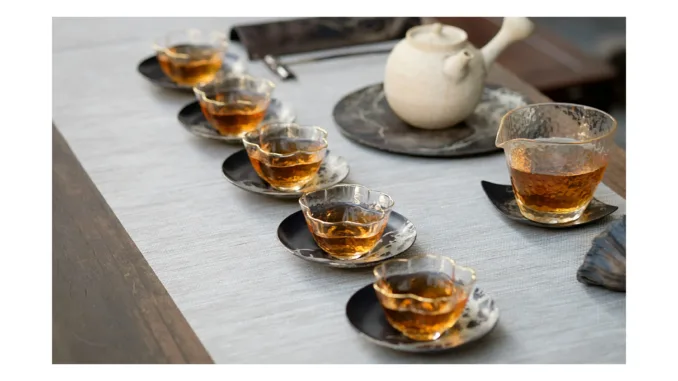
We discover the dynamic intersection of specialty tea and specialty coffee through a chat with Steve Lovegrove, board member of the European Specialty Tea Association.
BY VASILEIA FANARIOTI
SENIOR ONLINE CORRESPONDENT
Featured photo via Unsplash
I recently had the pleasure of sitting down with Steve Lovegrove, commercial director at Canton Tea and a dedicated board member of the European Specialty Tea Association (ESTA), to talk about the dynamic intersection of tea culture and the specialty-coffee industry, exploring how each can learn from the other to elevate the overall beverage experience.
ESTA is a nonprofit organization that was established in 2018 with the mission to create and inspire excellence in the specialty-tea community through innovation, research, education, and communication.
During our conversation, Steve shared how ESTA is working to bridge the gap between tea and coffee cultures, and how the organization’s efforts are driving advancements and fostering a deeper appreciation for specialty tea. Join us as we explore the nuanced relationship between tea and coffee, the impact of quality standards, and the initiatives that are bridging the gap between these two vibrant cultures.
This interview has been edited for length and clarity.
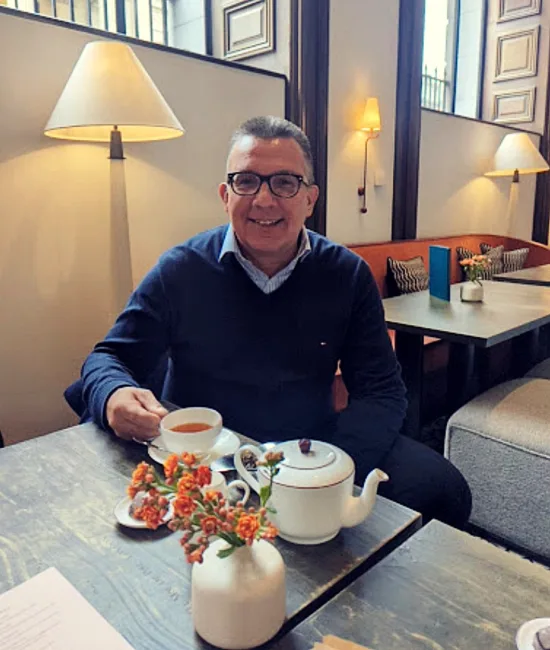
Barista Magazine: How have you observed the influence of tea culture on the specialty-coffee industry in recent years?
Steve Lovegrove: Tea culture is having a significant impact on the specialty-coffee industry. Take matcha, for example. Previously, it was often included on many café menus more for comfort or as a point of difference. Despite its increased availability, many consumers have yet to try matcha.
However, cafés and coffee shops now feature matcha as a core beverage on their menus, and we’ve seen a significant increase in matcha sales over the past 12 months. Another indicator is the change in café menu boards. In the past, many would simply list “tea“ or “speciality tea.“ Now, more operators are specifying the teas they offer and, where space allows, sharing more of the tea’s story, similar to what they do with coffee.
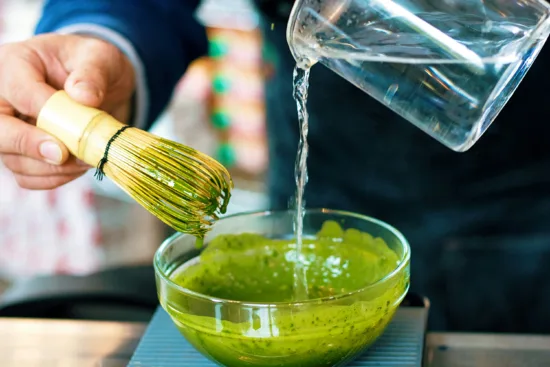
From your perspective, what are the key lessons that specialty coffee can learn from the rituals of tea preparation and serving?
One of the key accomplishments in recent years is offering consumers a wide range of teas and infusions suitable for any time of day, catering to every taste. The popularity of afternoon tea continues to rise, providing not only great food and tea but also creating a unique experience for consumers. Many operators now offer a wide variety of teas to complement their food offerings.
In what ways do you see the quality standards and grading systems of tea and coffee intersecting, and where do they diverge?
For many years, specialty coffee has had a clearly defined grading system, such as coffees graded 80 points or above by a certified Q Grader. However, when it comes to tea, the term “speciality“ in tea is open to interpretation. Initiatives are underway to introduce a grading system that will help farmers improve quality and obtain better prices.
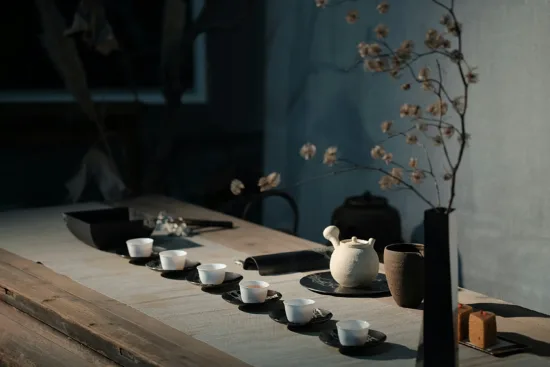
The European Speciality Tea Association aims to define what specialty tea truly means. The association values the science and art of tea making at every level, recognizing the skill and dedication in creating unique, hand-crafted teas.
To distinguish the quality of specialty teas from commodity teas, ESTA considers several key factors: the known supplier, farm, location, production dates, and processing method. Additionally, they evaluate the quality of specialty tea based on five criteria:
- The dry leaf
- The aroma of the dry leaf
- The color and clarity of the liquor
- The flavor and mouthfeel of the liquor
- The appearance and aroma of the wet leaf
These efforts mark a significant step forward in establishing clear standards for specialty tea, ensuring consistent quality and recognition for exceptional teas.
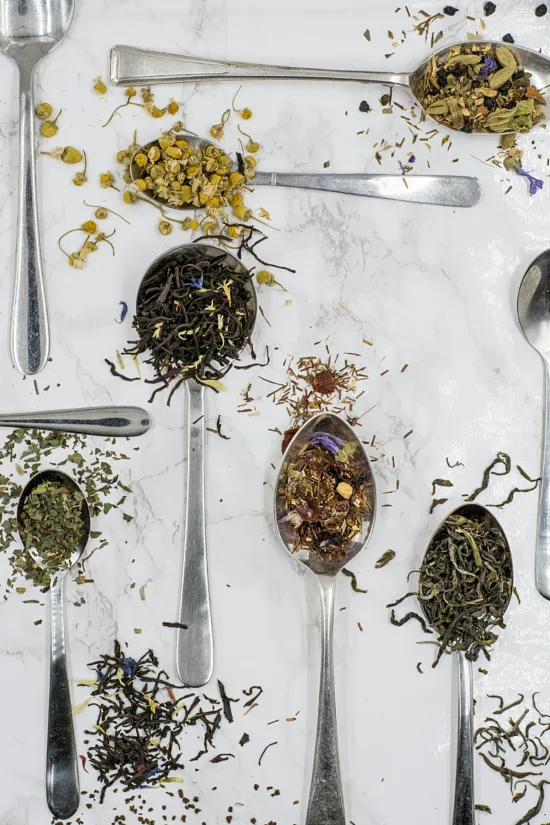
How do you envision the relationship between tea and coffee evolving in the specialty-beverage market?
The synergies between specialty coffee and tea are closer now than ever before. Tea is becoming an important part of any beverage menu, with customers keen to explore new tastes and flavors. As many customers seek to reduce their dairy consumption, tea offers a wide range of alternatives. Additionally, customers today want to understand where their tea is grown, how it is processed, and the impact their purchase has on the tea-growing community, similar to their interest in coffee. We are already seeing matcha latte art and tea cup tasting competitions for baristas who welcome the opportunity to showcase their skills in the tea category. This trend will continue to grow, bringing the wider community together as the specialty category expands.
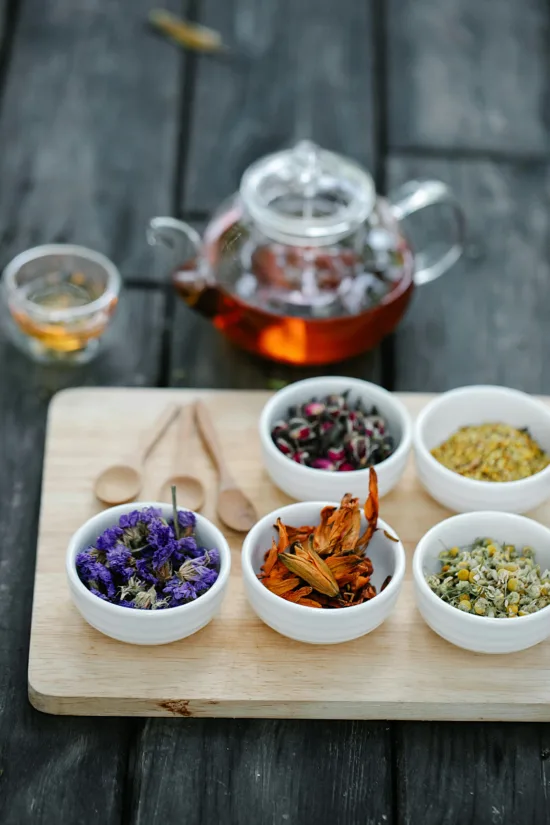
What role do you believe organizations like the European Specialty Tea Association can play in promoting collaboration and knowledge-sharing between the tea and coffee industries?
The European Specialty Tea Association is an all-inclusive, not-for-profit organization with 350 members across 55 countries. What ties the wider industry together is that many ESTA members also deal with coffee, just as many Specialty Coffee Association (SCA) members also deal with tea. Many of our ESTA members have been heavily involved with the SCA, extending to many manufacturers who support ESTA and work across both product areas, such as Brita, Marco, Victoria Arduino, Hario, and Tone. While there are areas of incompatibility, there are more areas of commonality, both in the mainstream and especially in specialty sectors.
ABOUT THE AUTHOR
Vasileia Fanarioti (she/her) is a senior online correspondent for Barista Magazine and a freelance copywriter and editor with a primary focus on the coffee niche. She has also been a volunteer copywriter for the I’M NOT A BARISTA NPO, providing content to help educate people about baristas and their work.
Subscribe and More!
Out now: It’s the June + July 2024 issue of Barista Magazine! Read it for free with our digital edition. And for more than three years’ worth of issues, visit our digital edition archives here.
You can order a hard copy of the magazine through our online store here, or start a subscription for one year or two.


